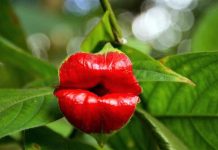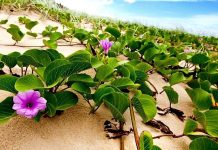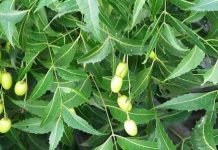Family: Fabaceae
Synonym: Dalbergia ferruginea Roxb.
Bengali/Vernacular name: Dadbari.
Tribal name: Horoiludi (Chakma).
English name: East himalayan dalbergia.
Description of the Plant: A woody climber or erect shrub, sometimes small tree, bark brown, branches spreading. Leaves 15-20 cm long, compound. Stipules ovate-lanceolate to lanceolate, membranous, and falling off early. Leaflets 17-21, with stalks 1.5-2 mm long, oblong to obovate-oblong, 2.8-3.5 × 1-1.2 cm, thinly papery, base broadly wedge-shaped or rounded, tip pointed sometimes blunt or notched. Flowers small purplish, in copious axillary panicles, with elongated racemose branches, shorter than the leaves. Fruit a pod, broadly ovoid or elliptic, 9-11 × 3.2 cm, firmly leathery, hairless, 1-seeded; seeds kidney-shaped 15 × 8 mm.
Plant parts Used: Leaf, root.
Traditional
Uses: The leaves of the plant are used for the treatment of gonorrhea
and aphthae.
An infusion of the roots is taken to increases menstrual flow.
A poultice of leaves is most commonly used to treat skin diseases, sores, and
varicose veins.
A decoction made with the roots of the plant is given for the treatment of
stomach-ache.
Distribution: It occurs in forests of Sylhet, Chittagong districts, and the Chittagong Hill Tracts.
Is this plant misidentified? If yes, please tell us….
















… [Trackback]
[…] Find More on to that Topic: natureinfo.com.bd/dalbergia-stipulacea-roxb/ […]